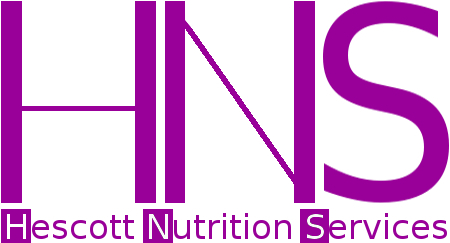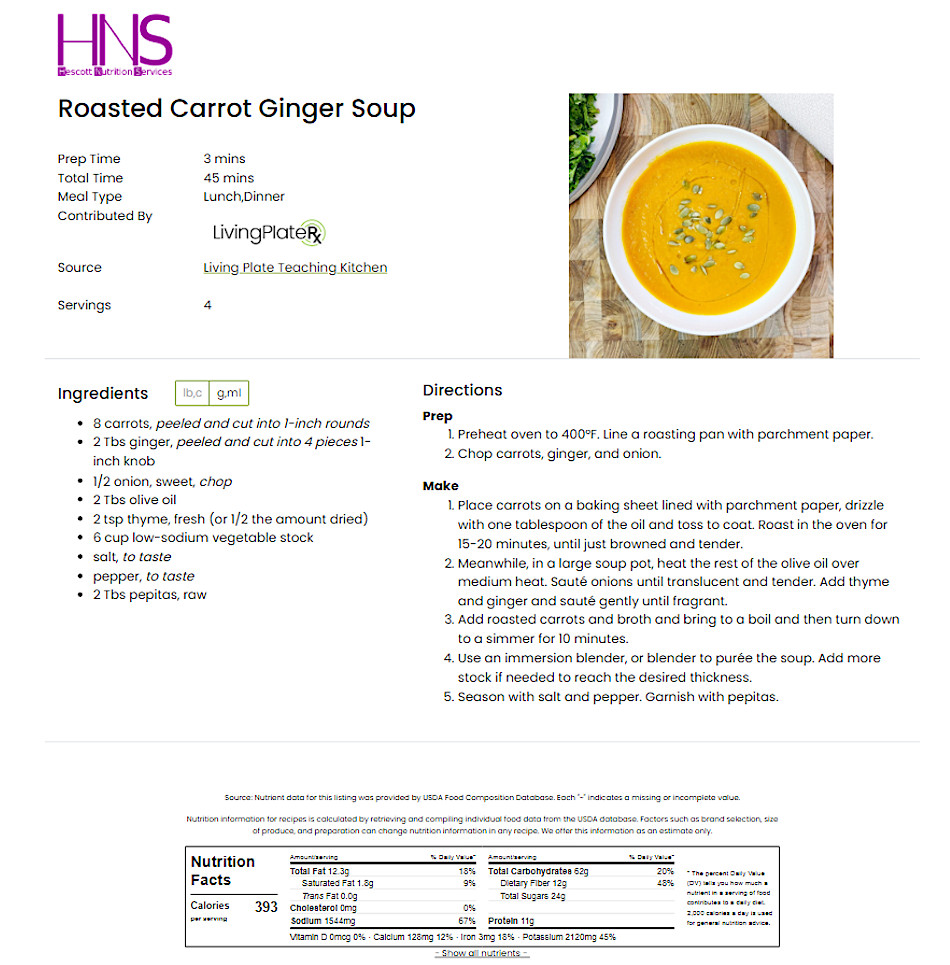.
Welcome to my blog!
.
Reducing Inflammation for Better Health
By Hescott Nutrition Services | posted in January, 2022 | Acute Inflammation, Chronic Inflammation, Type 2 Diabetes, Heart Disease, Stroke, CKD, Restful Sleep, Physical Activities, Be Social, Quit Smoking, Anti-Inflammatory Diet, Wellness, Better Health
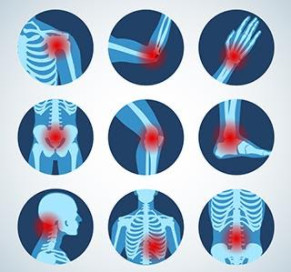
You may remember having a cut, sprain, or sore throat. The area feels painful and hot and looks red and swollen. These are telltale signs of inflammation. Inflammation is a natural and essential process that your body uses to defend itself from infections and heal injured cells and tissues.
Inflammation is sometimes compared to a fire. It produces specific biochemicals that can destroy invaders like bacteria and viruses, increase blood flow to areas that need it, and clean up debris. It can be a good thing. But, sometimes it’s possible to have too much of a good thing.
Before we talk about the power that certain dietary and lifestyle habits can have on inflammation, let’s sort out the two different types of inflammation.
Acute vs. chronic inflammation
Acute inflammation is short-lived. It's like a flaming fire that produces the painful, red, hot, swollen symptoms described above. When inflammation is acute it’s usually at high levels in a small localized area in response to an infection or some kind of damage to the body. It's necessary for proper healing and injury repair.
When your cells detect infection or damage they send out warning signals to call over your immune system to help out. Your immune system sends over many types of white blood cells to help fight off invading bacteria or viruses and clean up damage so you can heal.
Symptoms of acute inflammation may need short-term treatment such as pain relievers or cold compresses. More serious symptoms like fever, severe pain, or shortness of breath may need medical attention. In general, acute inflammation goes away after the damage is healed, often within days or even hours. Acute inflammation is the "good" kind of inflammation because it does an essential job and then quiets itself down.
Chronic inflammation is different. It's more of the slow-burning and smoldering type of fire. This type of inflammation can exist throughout your whole body at lower levels. This means that the symptoms aren’t localized to one particular area that needs it. Instead, they can appear gradually and can last much longer—months or even years. This is the “bad” kind of inflammation.
Chronic inflammation is often invisible without immediate or serious symptoms, but over the long-term, it's been linked to many chronic diseases such as:
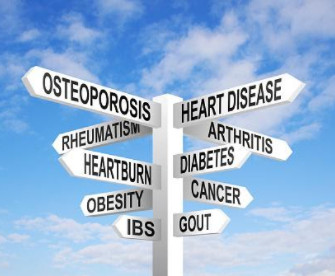
- Acne, eczema, and psoriasis
- Allergies and asthma
- Autoimmune diseases (arthritis, type 1 diabetes, multiple sclerosis, lupus)
- Cancer
- Chronic pain
- Gastrointestinal disorders (Crohn's disease, ulcerative colitis)
- Heart disease and stroke
- Lung diseases (emphysema)
- Mental illnesses (anxiety, depression)
- Metabolic diseases (type 2 diabetes)
- Neurodegenerative diseases (Alzheimer's, Parkinson's)
How does chronic inflammation begin? It may start acutely—from an infection or injury—and then instead of shutting off, it becomes persistent. Chronic low-grade inflammation can also occur with exposure to chemicals (e.g., tobacco) or radiation, consuming an unhealthy diet or too much alcohol, not being very physically active, feeling stressed or socially isolated, and having excess weight.
Now that we see that inflammation underlies so many of our medical conditions, here's what to do to put out those slow-burning, smoldering fires.
Nutrition and lifestyle tips for reducing chronic inflammation
Studies show that reducing inflammation can reduce the risk of several of these conditions, including heart disease and cancer. There are medications used to help lower inflammation to treat some of these diseases such as corticosteroids, immunosuppressants, and biologics. However, there are also several lifestyle changes—including a healthy diet—that can be very helpful to prevent and scale down inflammation to reduce its many damaging effects on the body.
"For chronic low-grade inflammation not caused by a defined illness, lifestyle changes are the mainstay of both prevention and treatment", says Harvard Health. The good news is that anti-inflammatory foods help you stay healthy and reduce your risk of many diseases. In fact, it's estimated that 60 percent of chronic diseases could be prevented with a healthy diet. Here's how.
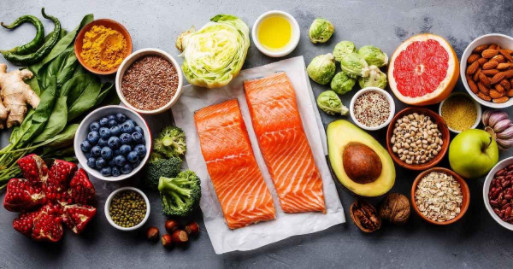
Enjoy an anti-inflammatory diet
- Increase your intake of fruits and vegetables, whole grains (brown rice, oats, bran), nuts (almonds), seeds, fish, poultry, legumes (beans, lentils), and healthy oils (olive oil)
- Pay particular attention to foods high in antioxidant polyphenols, including colorful plants such as berries, cherries, plums, red grapes, avocados, onions, carrots, beets, turmeric, green tea, and dark green leafy vegetables like spinach and kale
- Omega-3 fats can help to reduce pain and clear up inflammation and are found in salmon, trout, mackerel, soy, walnuts, and flax
- High fiber foods (whole grains, vegetables, fruits, legumes) encourage friendly gut microbes to help reduce inflammation
- Avoid charring foods when cooking at high temperatures
- Limit inflammatory foods such as red and processed meats (lunch meats, hot dogs, hamburgers), fried foods (fries), unhealthy fats (shortening, lard), sugary foods and drinks (sodas, candy, sports drinks), refined carbohydrates (white bread, cookies, pie), and ultra-processed foods (microwaveable dinners, dehydrated soups)

Be physically active
- Regular exercise reduces inflammation over the long term, so try to get at least 150 minutes of moderate-intensity aerobic exercise (brisk walking) per week; about 20-30 minutes per day
- To this add two or more strength training sessions (using weights or resistance bands) each week

Get enough restful sleep
- Disrupted sleep has recently been linked to increased inflammation and atherosclerosis (the buildup of plaque in the vessels that's linked with heart disease), so aim for 7-9 hours of restful sleep every night to help the body heal and repair
- Tips for better sleep: try to maintain a regular sleep-wake schedule every day, get exposure to natural daylight earlier in the day, avoid caffeine later in the day, cut out screens an hour before bedtime, and create a relaxing nighttime routine

Quit smoking and limit alcohol
- Quitting smoking can help reduce inflammation and several other health concerns by reducing exposure to toxins that are directly linked to inflammation
- Limit your alcohol intake to no more than one or two drinks per day

Manage your stress
- Engage in relaxing stress-reducing activities such as mindfulness-based stress reduction (MBSR), deep breathing, meditation, yoga, or tai chi

BE SOCIAL
- New research suggests that feeling socially isolated is linked with higher levels of inflammation, so reach out to family and friends (or make new ones)
See your doctor or dentist
- Get your cholesterol and blood lipids tested because high amounts of “bad” LDL cholesterol is linked to inflammation and negatively affects your vessels
- You can request a blood test to measure levels of CRP (C-reactive protein) which is a marker of inflammation (this test is also used to check your risk of developing heart disease)
- If your gums bleed when you brush or floss, this may be a sign of gum inflammation (gingivitis), so ramp up your oral hygiene and see your dentist
Here is an example of one of the recipes from my Anti-inflammatory Meal Plan:[Roasted Carrot Ginger Soup recipe]
Bottom Line
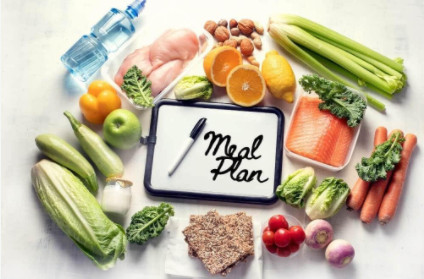
Chronic, long-term, low-level inflammation is linked with many health issues. The first approach to preventing and improving this is through food and lifestyle changes. Start by focusing on adding colorful fruits and vegetables, whole grains, nuts, seeds, and fish to your diet. Then layer in lifestyle upgrades like physical activity, restful sleep, and stress management.
These changes can be integrated into your day-to-day practices. First, try adding one additional fruit or vegetable to your day. Then, several times a day at each snack or meal. For inspiration, try recipes from my Anti-inflammatory Meal Plan.
If you'd like a plan designed to help you enjoy more of these anti-inflammatory foods, consult a Registered Dietitian or nutrition expert who can provide personalized research-based nutrition advice for your health, lifestyle, and goals. I can help. Here is my [link] to book a chat about making sure to meet your dietary needs.
Need a plan and delicious recipes to get more anti-inflammatory foods into your diet? Book an appointment with me to see how I can help you.
